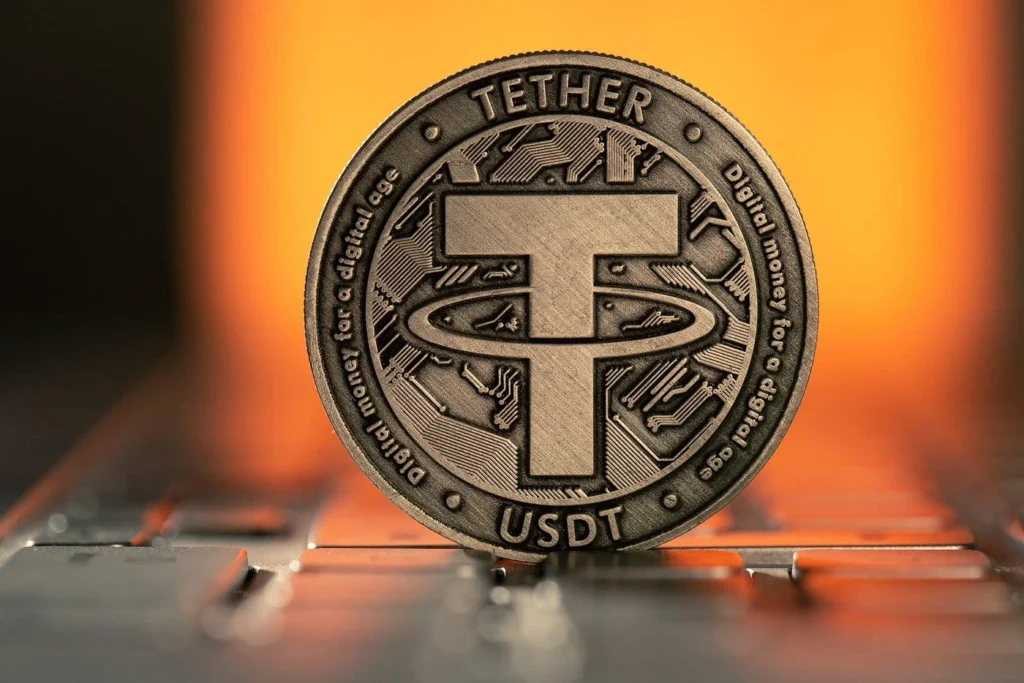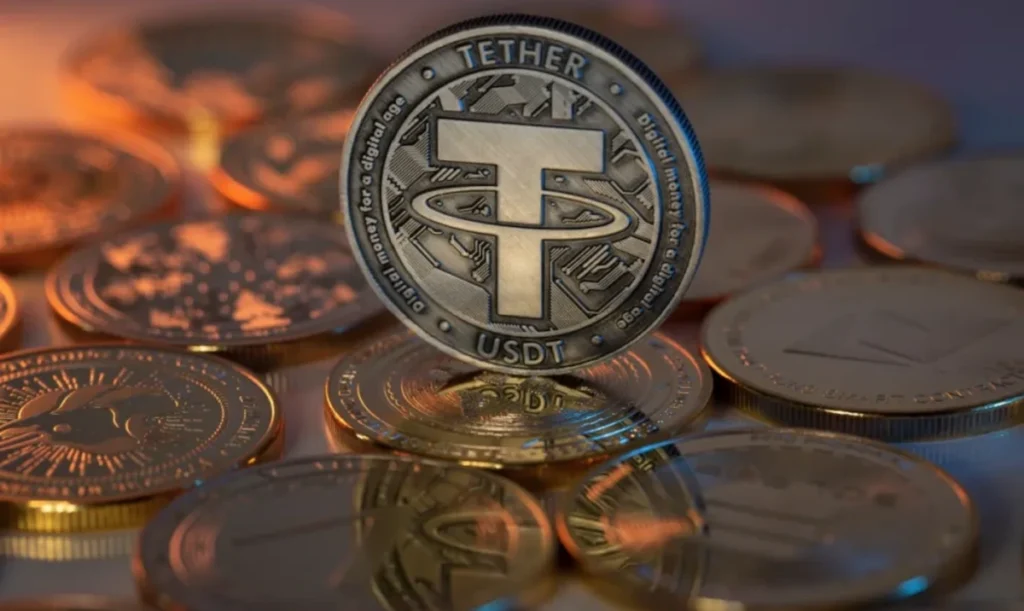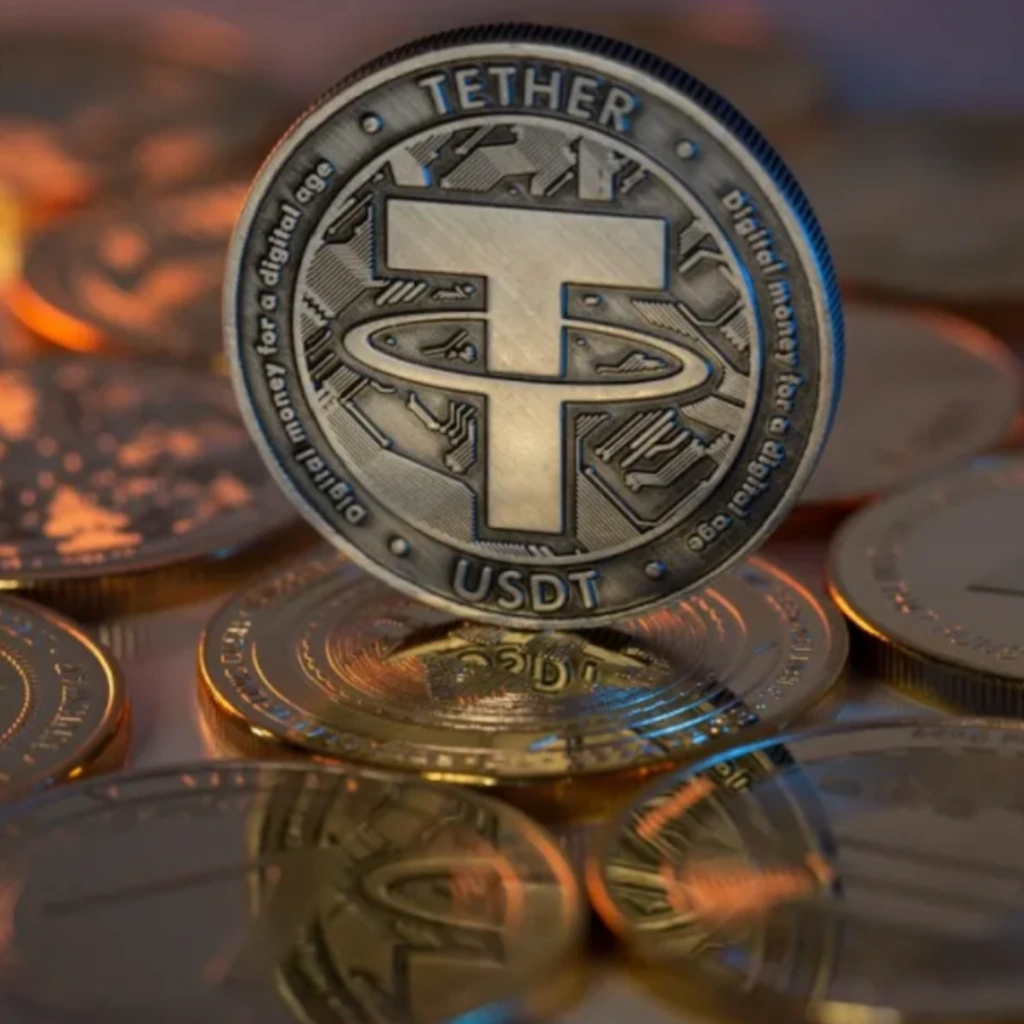New to Digital Dollars? Start Here
If you’ve ever wondered how USDT vs cash stacks up — or even what those letters stand for — you’re not alone. As more people explore digital payment options, it’s totally normal to feel a little lost. Don’t worry — this guide will walk you through both sides, step by step, without confusing tech jargon.
Let’s dive into what each form of money actually is, and how to know which one might suit your needs best.
USDT VS Cash:What Is USDT (Tether)?

USDT stands for Tether, a type of cryptocurrency called a stablecoin. What makes it “stable”? It’s tied (or “tethered”) to the U.S. dollar. So, for every USDT, the goal is that it’s always worth $1.
Unlike paper money, USDT only exists online. You keep it in a digital wallet (like an app), and use it to send or receive money digitally — no banks required.
USDT VS Cash: What Is Traditional Cash?

Cash is the money you know well: physical coins and bills issued by your country’s government. It’s accepted almost everywhere and doesn’t need Wi-Fi, apps, or passwords.
Whether you’re buying groceries, tipping someone, or saving for a rainy day, cash is simple and universal.
USDT vs Cash: What’s the Big Difference?

Here’s a simple way to compare them:
| Feature | USDT | Cash |
|---|---|---|
| Format | 100% digital | Physical (bills and coins) |
| Access | Requires internet and a wallet | No tech needed |
| Speed | Instant (especially worldwide) | Instant locally, slow globally |
| Privacy | Limited (blockchain visible) | Private and anonymous |
| Usage | Online or with crypto-friendly stores | Widely accepted in person |
| Backed by | Private company (Tether Ltd.) | Government/central bank |
Pros of Using USDT

- Fast Transfers – Especially for sending money across borders
- No Bank Required – Great for people without traditional bank accounts
- Digital Friendly – Perfect for online payments and crypto trading
- Stable Value – Pegged to the dollar, unlike other volatile cryptocurrencies
Cons of Using USDT

- Needs Internet Access – No phone or Wi-Fi? No USDT.
- Not Universally Accepted – Can’t use it at most stores or markets
- Still Evolving – USDT is not fully regulated like cash
- Requires Tech Know-How – You’ll need to learn how wallets and transfers work
Pros of Using Cash

- Accepted Everywhere – Great for in-person payments
- Private – No records, no accounts
- Tangible – Easy to save, spend, or share
- No Tech Needed – Perfect for areas with poor internet or older users
Cons of Using Cash

- Hard to Send Long Distance – Sending cash abroad can be slow and costly
- Can Be Lost or Stolen – Once it’s gone, it’s gone
- Hidden Costs – ATM fees, foreign exchange charges, etc.
- No Interest or Growth – Just sits there in your wallet
When Should You Use USDT vs Cash?

Here’s a quick cheat sheet:
- Traveling or sending money abroad? USDT is usually faster and cheaper
- Buying from your local shop? Cash is still the best option
- Need total privacy? Cash wins again
- Live online or shop globally? USDT gives you more flexibility
Final Thoughts: Don’t Choose One — Use Both Smartly

The good news? You don’t have to pick just one. Both USDT and cash have their strengths. In fact, using both can give you more control over how you spend, save, and send your money.
Whether you’re just dipping your toes into crypto or still loyal to your cash stash, this guide should help you understand the differences — and maybe even feel confident enough to try something new.
Relevent news: Here



